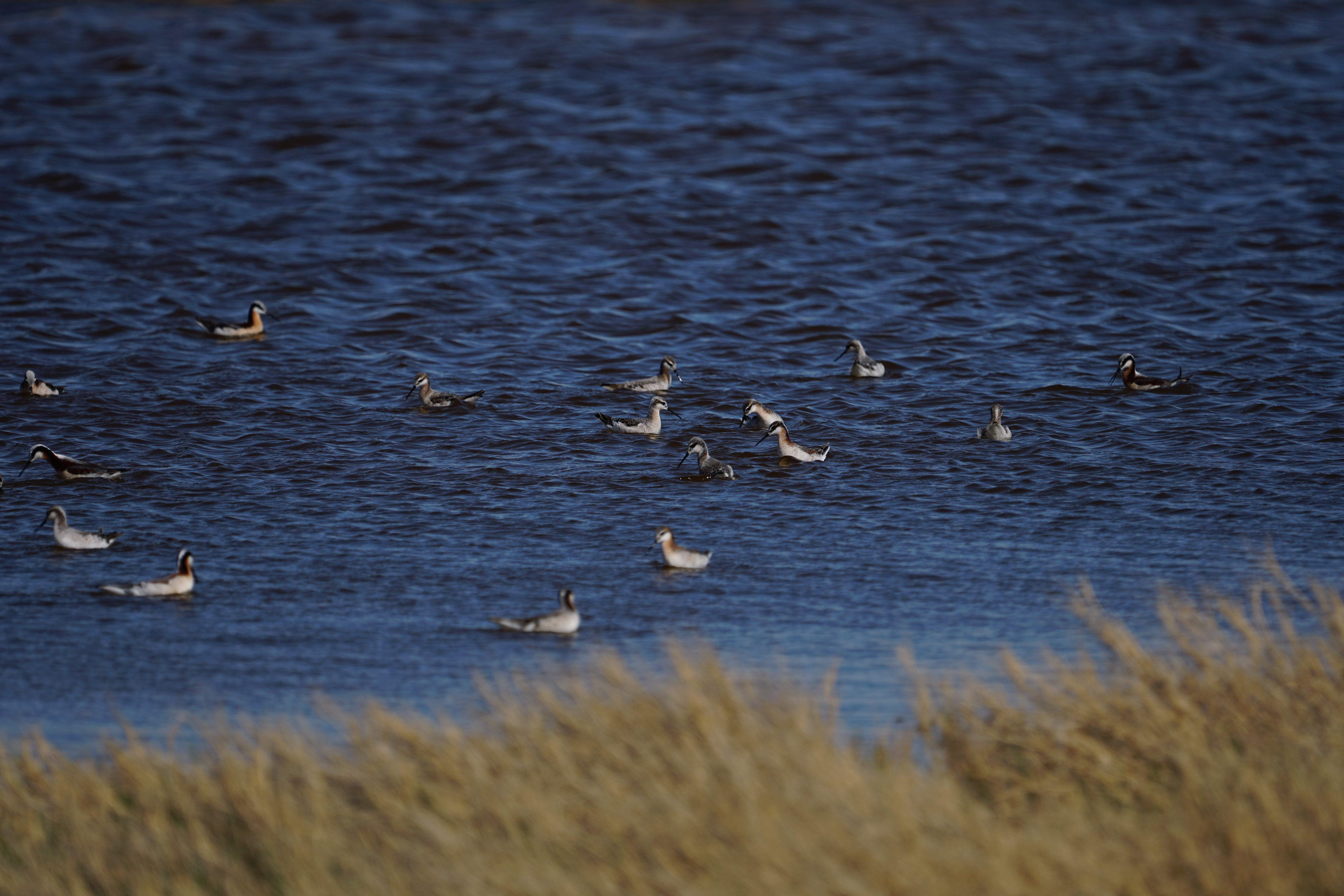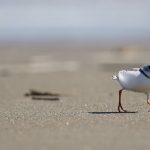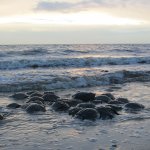The second full week of October marks National Wildlife Refuge Week, celebrating a system of 567 refuges and 38 wetland management districts that protects more than 150 million acres of wildlife habitat across the United States. The National Wildlife Refuge System is managed by the United States Fish and Wildlife Service, which proudly heralds it as “the world’s premier network of public lands devoted to wildlife conservation.”
This network of refuges across the United States protects more than 380 species of endangered or threatened plants, insects, amphibians, fish, mammals, mollusks, snails, reptiles, and, of course, birds. President Theodore Roosevelt declared Pelican Island, Florida the very first National Wildlife Refuge to bring Brown Pelicans and other bird species back from the brink of extinction during the heyday of the devastating plume trade. This was in 1903, and in the 115 years since, the National Wildlife Refuge System has spread to every single state in the United States, with a refuge within reach of most major metropolitan areas in less than an hour’s drive. More than 47 million people visit National Wildlife Refuges every year.
This network of protected public land across the United States provides critical refuge for shorebirds, from arctic breeding grounds in Alaska, to marshes and grasslands in the Great Plains, urban wetlands in California, and coastal beaches and islands along the Atlantic coast. In celebration of National Wildlife Refuge Week this year, we tallied the WHSRN sites that are part of, connected to, or entirely encompass a National Wildlife Refuge.

Wilson’s Phalaropes (Phalaropus tricolor) at Quivira National Wildlife Refuge in Kansas. Photo: Maina Handmaker.
38 WHSRN sites are either National Wildlife Refuges themselves or fall within a larger refuge or refuge complex. That means, of all the WHSRN sites in the United States, only 11 are not affiliated with a National Wildlife Refuge! The National Wildlife Refuge System is an indispensable partner at WHSRN sites throughout the United States. Enjoy exploring this list of WHSRN sites that are linked to a National Wildlife Refuge, and please join us in celebrating National Wildlife Refuge week by visiting the refuge closest to you!
-
Cabo Rojo Salt Flats – Cabo Rojo NWR
-
Cape Romain – Santee Delta Region – Cape Romain NWR
-
Columbia River Estuary – Lewis and Clark NWR, Julia Butler Hanson NWR
-
Delaware Bay – Cape May, Prime Hook, Bombay
-
Flint Hills – Flint Hills NWR
-
Georgia Barrier Islands – Harris Neck, Wolf Island, Blackbeard Island, Wassaw Island NWRs
-
The Grasslands – San Luis NWR Complex
-
Grays Harbor Estuary – Grays Harbor NWR
-
Great Marsh – Parker River NWR
-
Great Salt Lake – Bear River National Migratory Refuge
-
Humboldt Bay Complex – Humboldt Bay NWR
-
Kachemak Bay – Alaska Maritime NWR
-
Laguna Madre – Laguna Atascosa NWR
-
Lahontan Valley Wetlands – Stillwater NWR
-
Lake Erie Marsh Region – Ottawa NWR
-
Maryland-Virginia Barrier Islands – Chincoteague NWR
-
Nushagak Bay – Togiak NWR
-
Sacramento Valley – Sacramento NWR Complex
-
South San Diego Bay – San Diego Bay NWR
-
San Francisco Bay – Don Edwards San Francisco Bay NWR
-
South Texas Salt Lakes – Lower Rio Grande Valley NWR
-
Willapa Bay and Long Beach Peninsula – Willapa NWR
To learn more about National Wildlife Refuge Week, visit https://www.fws.gov/refuges/visitors/RefugeWeek.html
October’s featured WHSRN site is Cabo Rojo Salt Flats, part of the Cabo Rojo National Wildlife Refuge in Boquerón, Puerto Rico. Read the story of how Cabo Rojo is recovering after Hurricane Maria.






